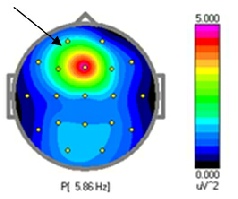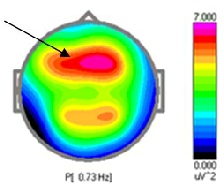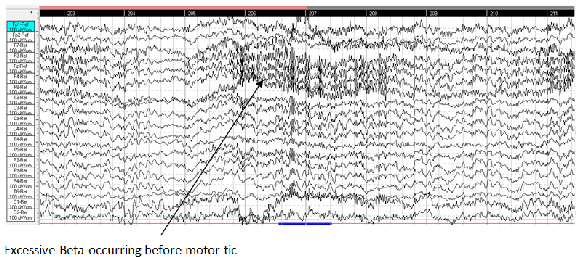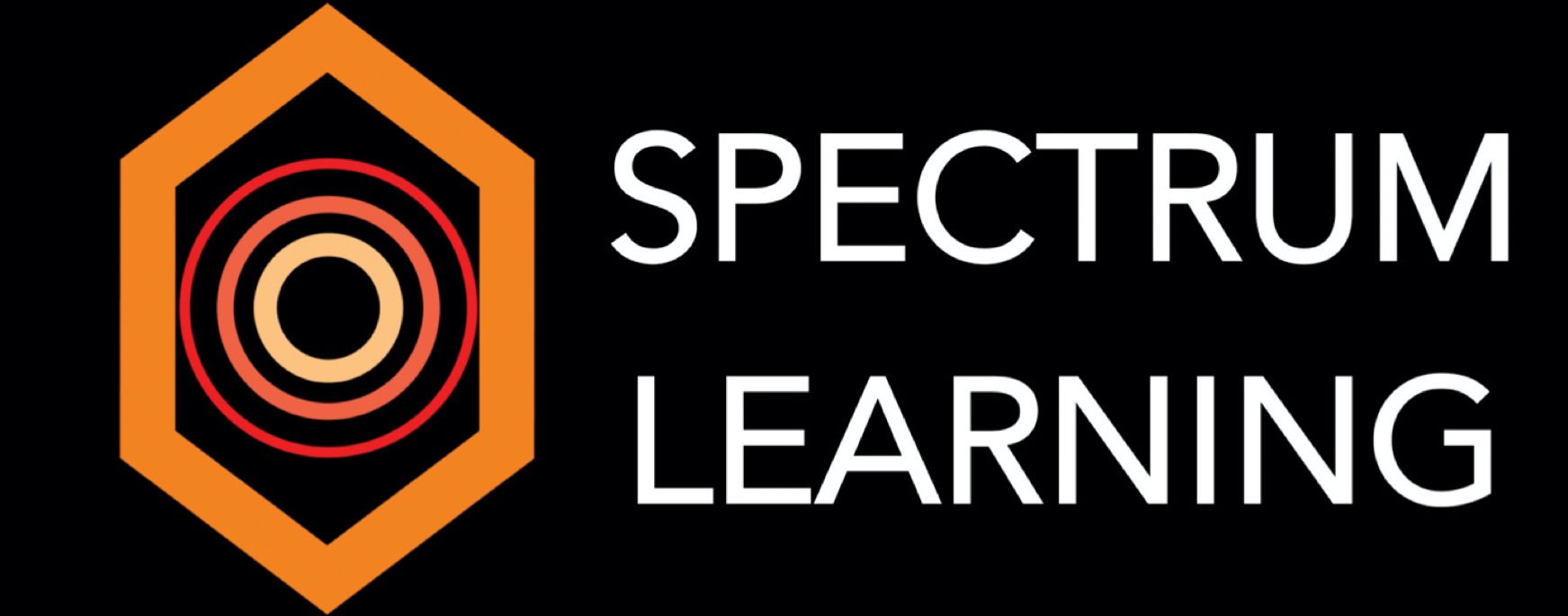
Developmental & Behavioural Cases
Attention Deficit Hyperactive Disorder (ADHD)
Attention Deficit Hyperactivity Disorder (ADHD) is a condition
that affects 8-10% of school-aged children in Singapore.
Generally, it manifests as difficulties in paying attention
or concentrating and impulsive behaviour. Children affected
by ADHD also find difficulty in following instructions and are
easily bored or frustrated with tasks. They tend to be restless
and are impulsive, not stopping to think before they act. These
behaviours occur more often than usual compared to other children
and are more severe in a child with ADHD to a point where it interferes
with a child’s ability to function at school and at home.
Progressively, in adulthood, individuals
with ADHD may have difficulty with time management,
organizational skills, goal setting, and employment. This
often strains friendships and relationships.
Many ADHDs are gifted and intelligent. They can be very creative.
However, their inability to focus and stay on task often leads to
poor performance and under-achievement. They often find it difficult
to complete tests and examinations. This tends to lead to low
self-esteem which can spiral into major social and behavioural
problems.
Types & Symptoms
Inactive Type
Short attention spans, and are easily distracted by irrelevant events, with frequent shifts from one uncompleted activity to another. They are also forgetful in daily activities and are unable to listen well.Hyperactive Type
Have difficulty engaging in quiet leisure activities, often talk excessively and are fidgety. Hyperactive type ADHD in teens may manifest as restlessness.Impulsive Type
Impatient and find difficulty awaiting their turn, initiate conversations at inappropriate times, and frequently interrupt others, causing disruption.Finding the causes
Brain factors
Recognising that ADHD is essentially a brain or neuro-developmental condition, Spectrum routinely conducts qEEG brain mapping to look into brain-related factors that could lead to symptoms of ADHD. We can determine the different subtypes of ADHD through qEEG brain mapping. More importantly, brain mapping allows us to determine how one utilizes his or her brain while engaged in certain tasks such as reading and writing. One of the hallmarks of ADHD is an excess of a type of brain wave called Theta (4-7Hz). QEEG brain mapping will allow us to localise any anomalies in brain activity, and thereafter design a brain exercise program tailored to the specific ADHD profile.
qEEG Case Studies
The profiles we know are from both our in-house research and those from other research centres around the world.
Excessive Beta Subtype

Excessive Theta Subtype

Excessive Delta Subtype

ADHD with motor tics

Going Further with Neurofeedback
Spectrum Learning designs a personalised training protocol for
brain exercise using neurofeedback based on brain mapping.
Specific hyperactive and inactive regions of the brain are
identified and targeted during neurofeedback to regulate brain
activity in our clients.
The most common form of neurofeedback for ADHD trains the brain
to reduce Theta waves and increase Beta waves. Over time,
clients are able to regulate theta and beta waves desirably,
reducing the severity of ADHD.
Biological factors
Beyond inherent brain factors that contribute to symptoms of ADHD, hair tissue mineral analysis (HTMA) is also conducted. This is important as nutritional imbalances can aggravate restless and impulsive behaviour. Listed below are some of the common physical health profiles of ADHD documented by many research papers:
- Gastrointestinal abnormality
- Compromised immunity
- Toxic metal accumulation such as Lead and Mercury
- Deficiency in fatty acid
- Deficiency in minerals such as Calcium, Magnesium and Zinc
- Deficiency in Iron
